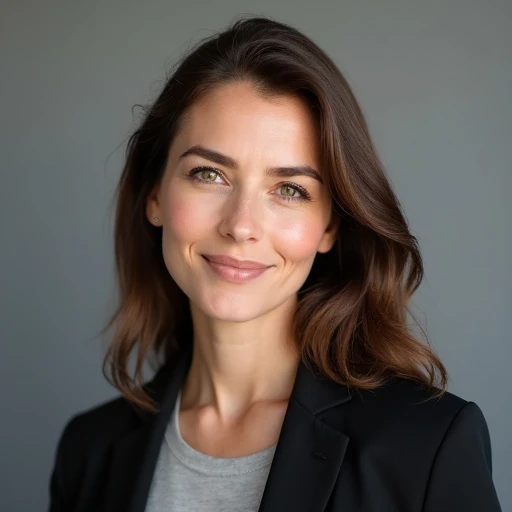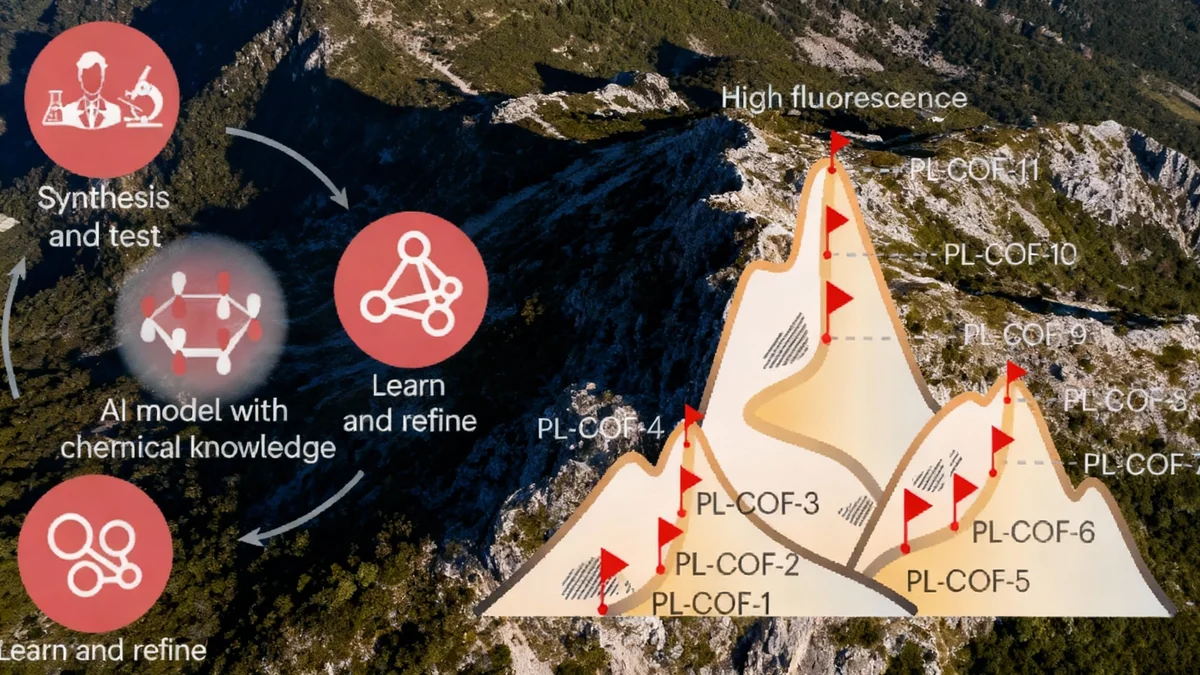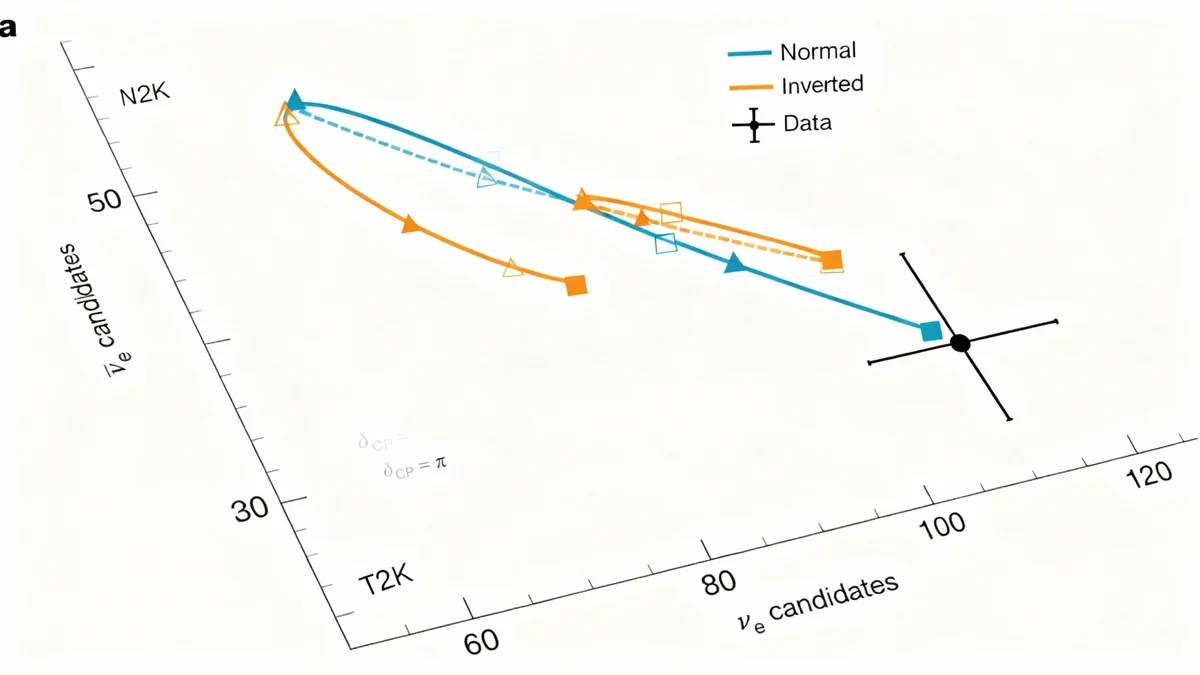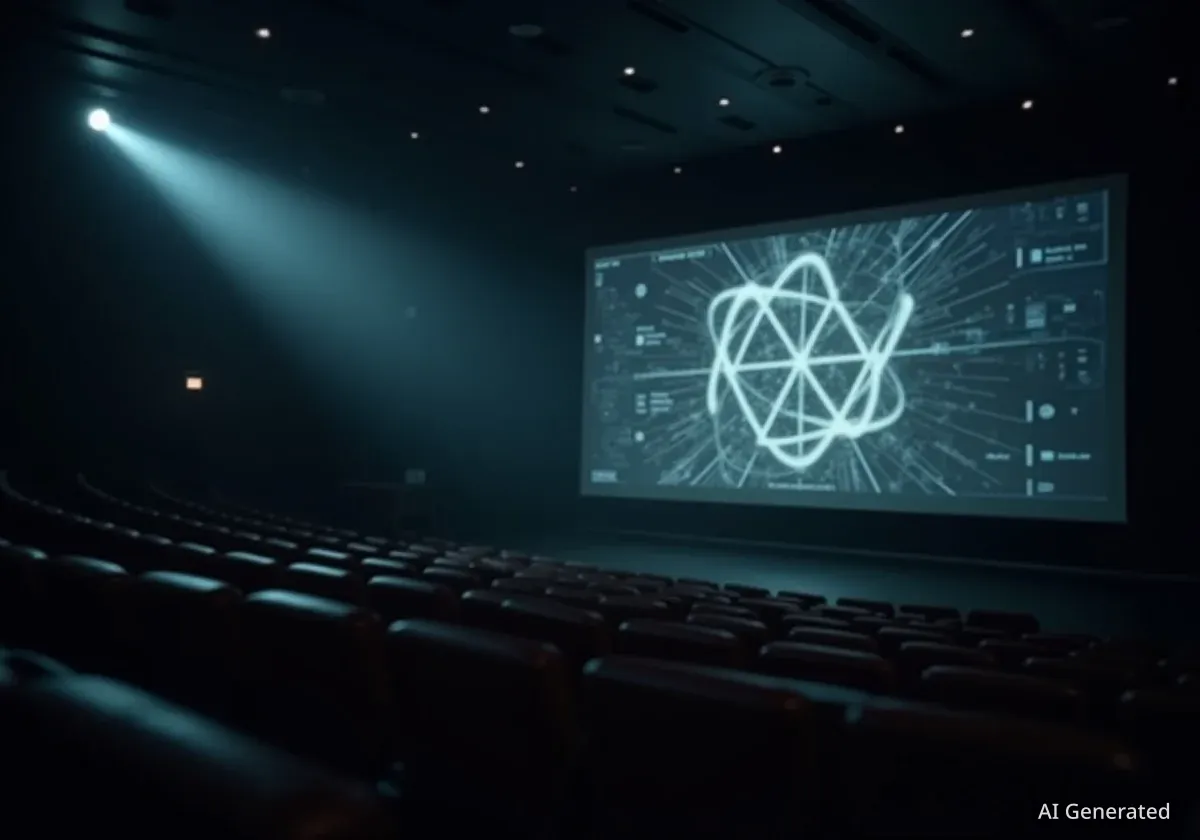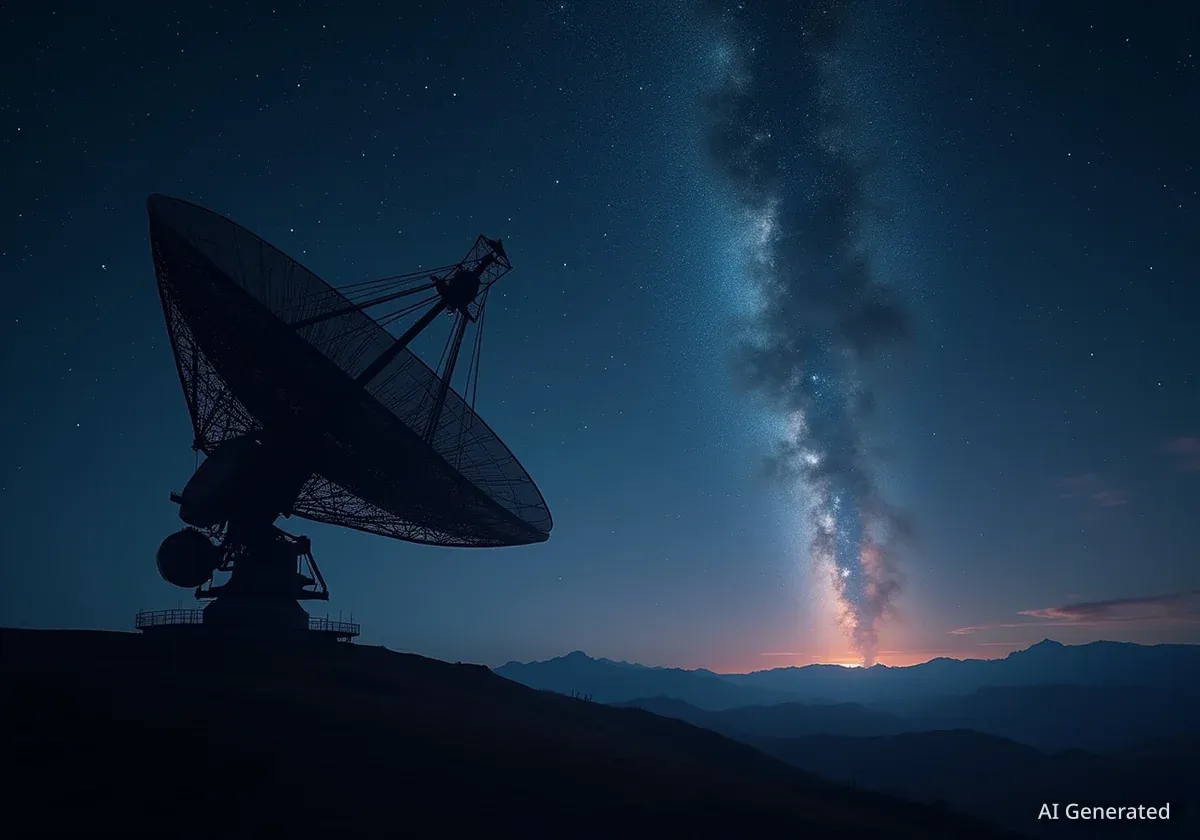The University of California system has achieved an unprecedented milestone, with five of its faculty members and alumni being awarded Nobel Prizes in a single week. The honors, spanning the fields of medicine, physics, and chemistry, represent the highest number of Nobel awards given to a single institution in one year.
The series of announcements from the Nobel committee highlights groundbreaking research conducted at UC campuses. These discoveries range from understanding the body's immune system to developing materials that can extract water from desert air and paving the way for quantum computing.
Key Takeaways
- The University of California secured a record five Nobel Prizes in 2025, the most for any single institution in one year.
- Awards were granted in Medicine, Physics, and Chemistry, recognizing foundational scientific breakthroughs.
- The laureates include Frederick Ramsdell (Medicine), John Clarke, Michel H. Devoret, and John M. Martinis (Physics), and Omar Yaghi (Chemistry).
- These awards bring the University of California's total number of Nobel laureates to 75 since 1934.
- Winners expressed concerns that recent cuts to federal research funding could hinder future scientific progress.
A Historic Week for Public Higher Education
The University of California's remarkable achievement underscores its role as a global leader in scientific research and innovation. The five awards in one year are a testament to the long-term investment in fundamental science across its campuses.
UC President James B. Milliken commented on the significance of the awards in a public statement. "These awards are not only great honors — they are tangible evidence of the work happening across the University of California every day," he said. The recognition brings the university system's total count of Nobel laureates to 75, a history of excellence that began in 1934.
The 2025 Nobel Laureates with UC Affiliation
- Medicine: Frederick Ramsdell (UC San Diego and UCLA alumnus)
- Physics: John Clarke (UC Berkeley), Michel H. Devoret (UC Santa Barbara), and John M. Martinis (UC Santa Barbara)
- Chemistry: Omar M. Yaghi (UC Berkeley)
Breakthrough in Understanding Autoimmune Disease
The week of accolades began on Monday with the Nobel Prize in Physiology or Medicine. Frederick Ramsdell, an alumnus of both UC San Diego and UCLA, was named a co-recipient for his pivotal work in immunology.
Ramsdell was honored for the discovery of regulatory T cells, a specific type of immune cell. His research identified how these cells function to prevent the immune system from attacking the body's own tissues. This was a fundamental breakthrough in understanding the mechanisms behind autoimmune diseases.
Before this discovery, the process of immune self-tolerance was not well understood. Ramsdell's work provided a clear explanation and has since guided the development of new treatments for conditions such as Type 1 diabetes, lupus, and rheumatoid arthritis.
Pioneering the Foundations of Quantum Computing
On Tuesday, the focus shifted to physics, with three researchers from UC Berkeley and UC Santa Barbara sharing the Nobel Prize. Emeritus professor John Clarke, professor Michel H. Devoret, and emeritus professor John M. Martinis were recognized for their foundational research on quantum particles.
Their experiments demonstrated how quantum particles can pass through energy barriers, a phenomenon known as quantum tunneling. This counterintuitive principle of quantum mechanics is essential for the operation of modern technology, including the advanced processors that power quantum computers.
"To put it mildly, it was the surprise of my life," Clarke said in a phone call with the Nobel committee. He noted that it "had not occurred to us in any way" that their research would eventually be considered for such a high honor.
What is Quantum Tunneling?
In classical physics, an object needs enough energy to overcome a barrier. In the quantum world, particles can "tunnel" through a barrier even if they don't have enough energy to go over it. This principle is a cornerstone of quantum mechanics and enables technologies like quantum computing and certain types of transistors.
The work of these three physicists laid the theoretical and experimental groundwork that companies and research institutions are now using to build the next generation of supercomputers.
Revolutionary Materials for a Sustainable Future
The University of California's winning streak continued on Wednesday when UC Berkeley chemist Omar Yaghi was awarded the Nobel Prize in Chemistry. Yaghi was recognized for his invention of entirely new classes of materials known as metal-organic frameworks (MOFs).
MOFs are highly porous materials constructed at the molecular level. They function like microscopic sponges with incredibly large internal surface areas. This unique structure allows them to capture and store specific molecules with high efficiency.
The potential applications for this technology are vast and address some of the world's most pressing challenges. MOFs can be designed to:
- Capture carbon dioxide directly from the atmosphere to combat climate change.
- Store hydrogen gas safely and efficiently for use as a clean fuel source.
- Harvest clean drinking water from the air, even in arid desert environments.
Yaghi expressed his disbelief upon receiving the news. "There is nothing like this, it’s an astonishment," he said, describing it as "a feeling you don’t have often." His work has opened up a new field of chemistry focused on designing materials from the atom up to solve specific problems.
Concerns Over the Future of Scientific Funding
While celebrating the historic achievements, several of the new laureates and UC leaders voiced serious concerns about the future of scientific research in the United States. They emphasized that their decades-long work was made possible by consistent federal funding for basic science.
However, recent trends have seen significant cuts to research grants. Earlier in the year, the Trump administration canceled thousands of grants nationwide. While a court order restored over $500 million in funding to UC projects, the laureates warned that the broader trend is dangerous.
John Clarke, the physics laureate, was particularly direct in his warning about the consequences of reducing investment in science.
"This is going to cripple science, and it is going to be disastrous if this continues," Clarke stated. "It may take a decade to get back to where we were, say, half a year ago."
The sentiment was echoed by others who credited public investment as the engine of discovery. The laureates' success highlights a system that has historically supported long-term, curiosity-driven research, a model they fear is now under threat.

